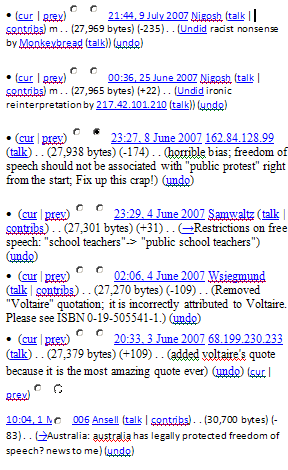- Facebook20
- Total 20
Badges are portable credentials that demonstrate that someone possesses a specific skill. They differ from diplomas, which signify the completion of a whole course of study. Critics worry that adopting badges widely would undermine the holistic value of a traditional degree, which is supposed to stand for more than the sum of its parts. That’s a valid concern, but I see huge advantages to badging for civics. For one thing, civics is now very poorly served by curricular mandates and tests; at best, students are required to learn and demonstrate very low-level, individual academic knowledge, rather than the interactive skills we need from citizens. But adding more elaborate assessments would just put new burdens on students and schools. Meanwhile, some young people do obtain advanced civic skills; but without specialized qualifications, they can’t demonstrate their abilities to college admissions officers, prospective employers, or citizens’ groups that might be looking for leaders.
To explore the pros and cons, CIRCLE’s Felicia Sullivan has written “New and Alternative Assessments, Digital Badges, and Civics: An Overview of Emerging Themes and Promising Directions” (published yesterday). She’s also produced a Prezi presentation to summarize the key themes:
(See also “the movement to badges in education, and what it means for democracy,” “badges for civic skills,” “the controversy over badges,” and Peter Levine, “Education for Civil Society,” in David Campbell, Meira Levinson, and Frederick M. Hess [eds.], Civics 2.0: Citizenship Education for a New Generation [Cambridge, MA: Harvard Education Press, 2012], pp. 37-56.)
